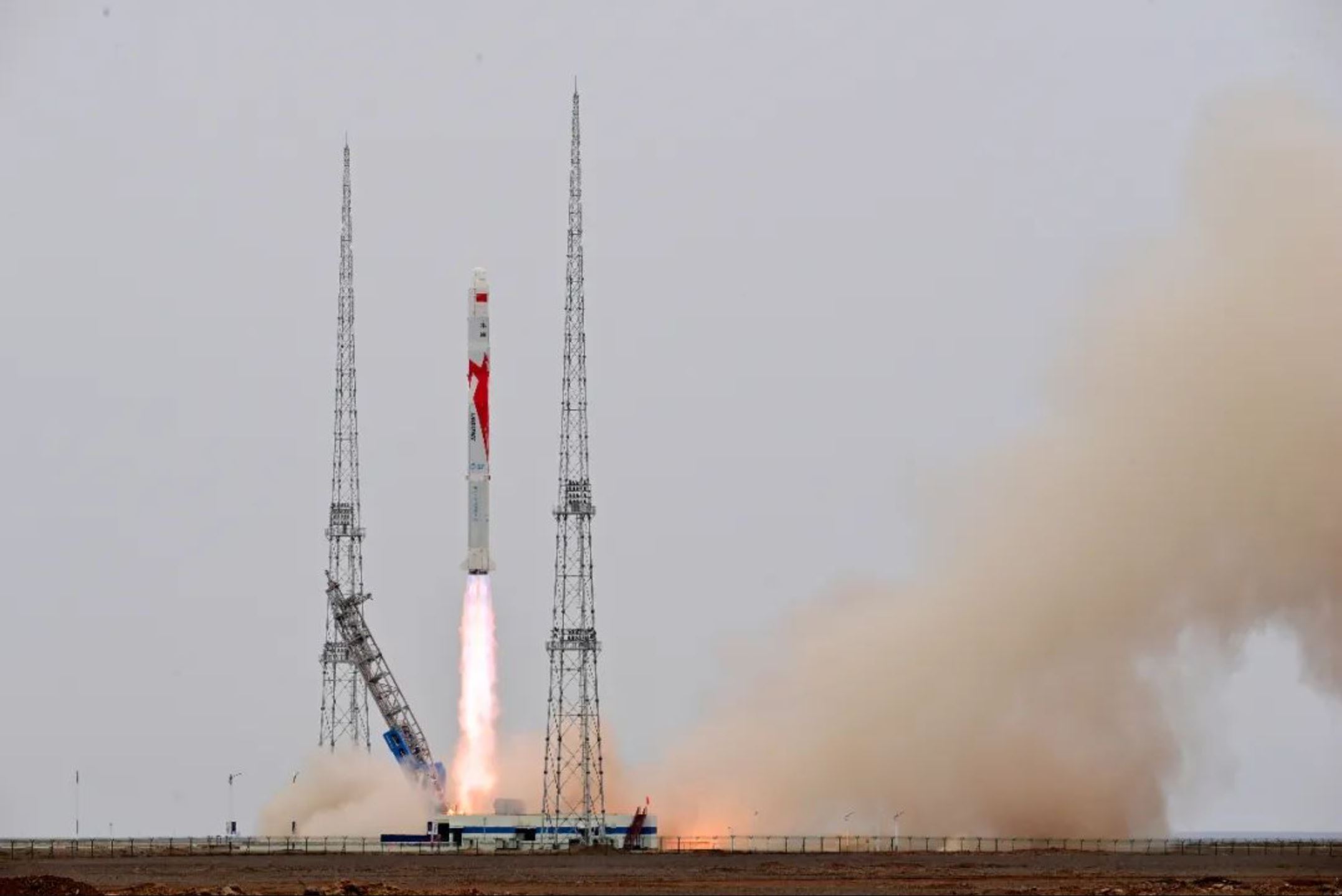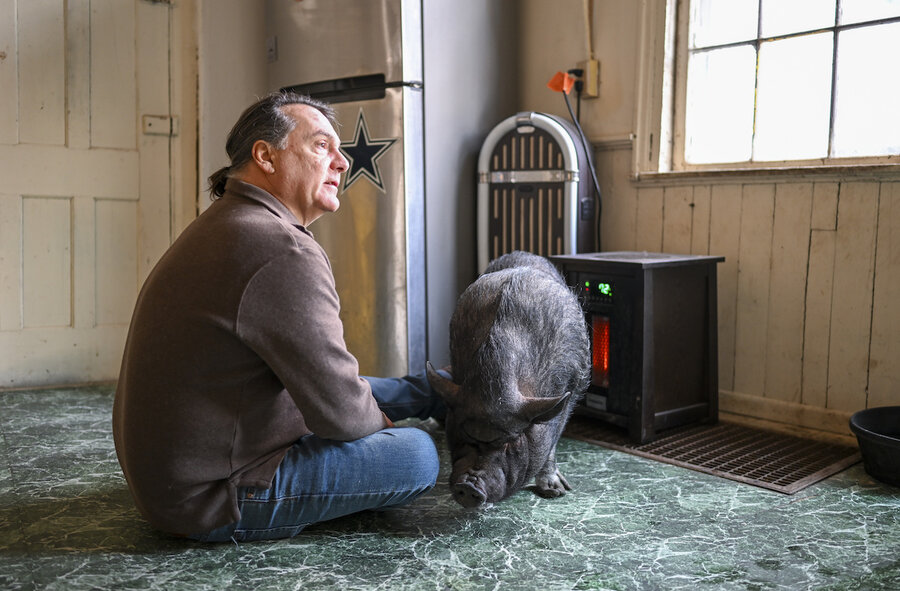A year ago, many were hoping the pandemic would soon be over – but then came alpha, delta and omicron
A sign in Hounslow, London, in June 2021 James Veysey/Shutterstock
What a year it has been. In December 2020, the first vaccination campaigns were just getting under way in high-income countries, leading many to hope that life would soon get back to normal. Now a growing number of countries are reimposing restrictions as cases soar to the highest levels since the pandemic began.
The reason for this is, in a word, evolution. The SARS-CoV-2 coronavirus has been spreading largely unchecked through most of the 7 billion people on this planet, giving it countless opportunities to evolve.
The virus has been changing right from the beginning. All but one of the variants that caused us the most grief during 2021 actually appeared in 2020. They were waiting in the wings months before the vaccines began to roll out.
The first of these was beta, which gradually evolved in the Eastern Cape in South Africa in the second half of 2020. Beta could dodge prior immunity to some extent, and it caused a second wave of cases in the region that peaked in January 2021. Beta spread worldwide but didn’t cause major waves in most other countries, probably because other variants had got there first.
In December 2020, the UK sounded the alarm about alpha, first spotted in Kent in September 2020. It had a bunch of new mutations, and was highly transmissible. We still don’t know how it originated but it may have evolved over months in an immunocompromised person.
During the first few months of 2021, alpha caused a big wave of cases in Europe and North America and much of the rest of the world. The main exception was South America, which was instead grappling with gamma, a variant that is thought to have evolved in Brazil in late 2020.
In April 2021, India was hit hard by delta, first detected there in October 2020. For a while, hospitals were overwhelmed.
It soon became clear that delta was even more transmissible than alpha, in addition to having some immune evasion. It spread worldwide, causing another big wave of cases in North America and Europe, and to a lesser extent in the rest of the world. That wave subsided in some regions, but as the northern winter began, case numbers began to climb again.
As delta spread, it outcompeted all other variants. For instance, zeta was a “variant of interest” that caused quite a few cases in South America and spread to at least 44 countries, but it hasn’t been detected since October 2021.
For a while, it seemed that delta would drive all other variants to extinction, and that all future variants would be variants of delta. But then, seemingly out of nowhere, came omicron. It was first detected early in November and has spread with astonishing speed.
We now effectively have two pandemics happening in parallel, with levels of delta remaining high even as omicron spreads. It isn’t clear yet whether omicron will replace delta or if both viruses will continue to circulate, giving rise to yet more variants.
What appears clear is that 2022 is going to begin with a massive global wave of covid-19, and there is every reason to think there will be yet more dangerous variants after omicron.
Sign up to our free Health Check newsletter for a round-up of all the health and fitness news you need to know, every Saturday
More on these topics:
Note: This article have been indexed to our site. We do not claim legitimacy, ownership or copyright of any of the content above. To see the article at original source Click Here













